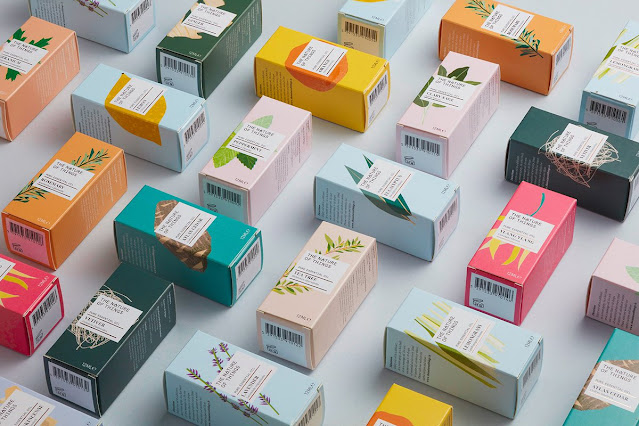The pharmaceutical packaging industry is a very important industry in the world of medicine. There are many different types of packaging to choose from. These packaging styles include Blister packaging, Primary packaging, and Tertiary packaging. You will need to understand all of these packaging styles before you can find the perfect packaging for your company's products.
Primary Packaging
Primary pharmaceutical packaging is the process of storing and packaging drugs. Its basic function is to protect the drug from harm and degradation. The process is done under controlled conditions and in sterile environments. Pharmaceutical primary packaging has several uses, including the storage of solid and liquid medications. The materials used for this type of packaging can range from glass to plastic.
Bottles, ampoules, and vials are common types of primary packaging. Blister packs, strip packages, and containers are other types. Innovators should choose a high-quality primary package to ensure maximum safety and sterility.
A key factor driving growth of the pharmaceutical packaging market is the increased prevalence of chronic diseases and the aging population. In addition, there is an increasing demand for OTC and other pharmaceutical products.
Increasing demand for blister packaging is also expected to boost the market. With advancements in technology, the cost of pharma packaging is projected to decrease. Another favorable factor is the introduction of nano-enabled packaging.
Secondary Packaging
Pharmaceutical secondary packaging is a key step in the packaging process, providing an extra layer of protection for a pharmaceutical product. Secondary packaging comes in various forms, such as blister carding, nonperforming and assembly. It is an important part of the drug supply chain and has a number of challenges.
Blister packs are commonly used in the pharmaceutical industry. They feature two layers of material, one of which is a hollow cavity for the product. The other has a rubber stopper that punctures when the vial is opened. A folding carton is another common form of secondary packaging. These boxes are typically made of thin paperboard and can hold a variety of primary packages.
Folding cartons have a compact footprint and are made from materials that are both durable and tamper-proof. This type of packaging is ideal for almost all applications in the secondary packaging space. Another important aspect of tertiary packaging is transportation. It can protect a large volume of pharmaceuticals during shipment.
Tertiary Packaging
Tertiary pharmaceutical packaging is an advanced type of packaging designed to protect products from the environment and other external conditions. It can include plastic or cardboard boxes, shipping containers, and shrink wraps. This type of packaging may feature a tamper-evident label.
Pharmaceutical packaging is a key part of the supply chain for medicines. Labeling is essential to protect the product and ensure traceability throughout the supply chain. The growing population, increasing demand for patient-oriented drugs, and increasing health awareness are expected to drive the industry's growth.
Tertiary packaging is also used in the manufacturing process, to make sure that the products are safe for use. Tertiary packaging is typically destined for warehouses and retailers. Unlike primary packaging, which comes in direct contact with the products, tertiary packaging has little or no branding.
Primary pharmaceutical packaging, which is in direct contact with the product, includes bottles, blister packs, and ampoules. These containers are made from various materials, including glass, plastic, or aluminum. They are used to store and transport medicines, including liquids, solids, and gels. Blister packs are made of thermometer plastic and are sealed on the open side with a plastic or aluminum foil.
Blister Packaging
Blister packaging is an important element of marketing and manufacturing of pharmaceutical products. It protects the contents of the medicine from deterioration, moisture and other contaminants. The process of packaging involves creating a cavity in a thermometer plastic and sealing it with a lid.
Blister packaging for the pharmaceutical industry can be seen as an ideal printing solution for the increasing demands from the market. However, the pharmaceutical industry faces several challenges and concerns. These include the increasing disease rates, new drug compositions and rising costs.
Despite these factors, blister packaging for the pharmaceutical industry has shown an upward trend. The demand is expected to continue increasing at a compound annual growth rate of 5.1% during the forecast period of 2021 through 2023.
In addition to providing a safe, reliable and effective way to package medicines, blister packaging is also important for improving patient compliance. This is due to its tamper-evident feature. Blister packaging for the pharmaceutical sector is generally made up of rigid capsules and rigid tablets. However, the demand for flexible blister packs has been increasing in recent years.

